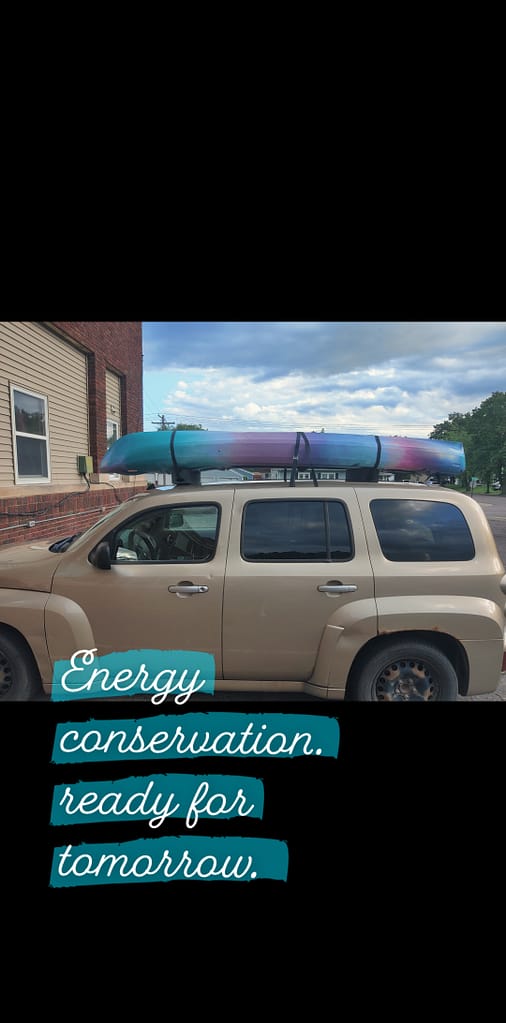Hello everyone! Happy November :) I am happy to report that Covid has left (27 days….ugh) and will hopefully never be back again. I can finally get back to my normally scheduled programming. Since I wasn’t able to go on any new adventures this past month (and have a ton of stuff to play catch up on), I decided to start the series I’ve wanted to do since the beginning of this site. I’m not sure how many posts I’ll do in it yet, but there’s time to figure that out. As always, if you have any questions, comments, and/or suggestions shout them out below and I’ll address them.

Definition:
If energy conservation is a new term or idea for you, it is defined as adapting your daily activities to minimize fatigue, pain, symptoms, etc. so you’re able to get as much of the things done as you can.
There are a lot of resources to help you with this online thanks to Occupational Therapy (OT), Physical Therapy (PT), and other health care specialties. I did study OT for a time at the beginning of my illness and have spent lots time with other professionals so energy conservation is something I have a decent insight into. If you want some tips, feel free to ask. I will say I am not a professional, but I do spend a lot of time with them. I can make suggestions, but your medical care team is always the one who should help you make decisions for your specific needs.
Energy conservation and me:
Now, energy conservation isn’t something that came naturally to someone like me. I used to just power through it all and get everything done/be everything for everyone. Think working two full-time caretaker jobs to high need residents plus trying to start a business or working two part-time jobs while studying full-time for my BA: Psychology and minor in Gerontology. The former landed me in an epic two year recovery from burnout with my adrenals crashing and needing to work on fixing my body for years. The latter was a little easier to deal with because of the skills I started to develop, but it definitely still took it’s toll.
Note: This was all before my lung disease, but the sentiment applies.
Through all of this and advice from my therapist, I worked on putting myself first, creating proper boundaries, and changing my mindset so I was capable of slowing down and learning to work within my limits. Granted this is a little different than chronic illness energy conservation, but they do relate. You need to figure out what you are physically/mentally capable of (and it will vary daily….even hourly) and plan accordingly.
I like the Spoon Theory, which you can learn more about here, but you can use whatever method calls to you. In Spoon Theory, you have so many spoons each day and activities take spoons. You’ll need to look at the number of spoons you have and how many the activities you want to get done will take. Then you plan accordingly.
For example, if I wake up and am having a rough day, I may only have two spoons. If doing the dishes takes three spoons, they aren’t going to get done unless I can modify the task to make it take less energy. Things like sitting in a chair if you have to do them by hand, using a dishwasher–my personal favorite, or breaking the task into smaller and more manageable pieces. It may take longer to complete the task, but using more energy than you have is more harmful than the dishes sitting in the sink until the next day.
This week’s tips and tricks:
Something I created at the beginning of Adventures of Seleana was a packing list. The one I created is more specifically for my hiking and camping adventures, but I have found it works for any trip I need to pack for. It takes some of the mental load off and nothing gets forgotten! Win-win, for sure. I figured I would share mine and you could use it to create your own.
Another thing I do to help with conserving energy is keeping things together and in the room/place that I use them. For example, all of my camping gear is in the same place in the storage closet. All of my toiletries are together in the bathroom, most in the same bin so I can grab and go. Some of the gear, like hiking sticks, rain gear, snow cleats, etc. are all left in my car year round so they are not only there for my trips, but in case of emergencies.
A friend of mine told me that she keeps a go bag for toiletries and any extras that could be needed away from home, even sticking a couple of dollars in for emergencies. That way when she has to get up and go, there isn’t any scurrying around wasting energy to look for things.
This may seem simple or silly, but it works. Energy conservation is important for everyone, especially those of us in the chronic illness world. Is this something you already practice or something you need to start working on? Let me know, lets talk about it.
Do you spy Currently Unnamed CardyBear? If you spot him, put FOUND in the comments 😊
Be safe out there! REMEMBER YOUR MAPS AND PASSPORT STAMPS!! Seeyalaterbye <3
Also, if you feel called to help a sista out with her travels, check this out!
